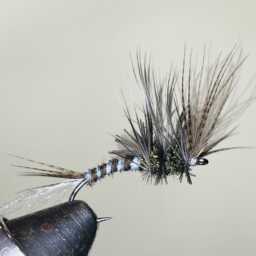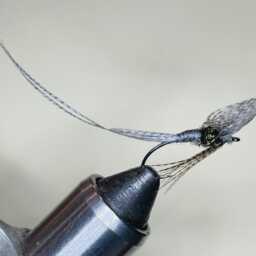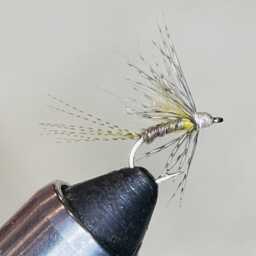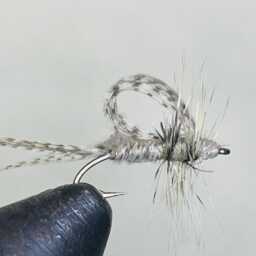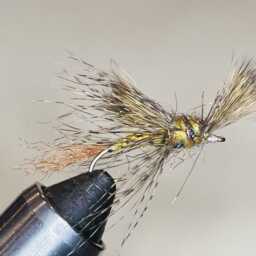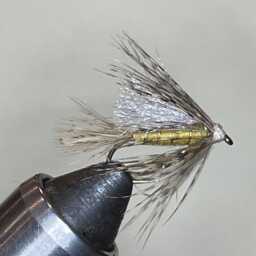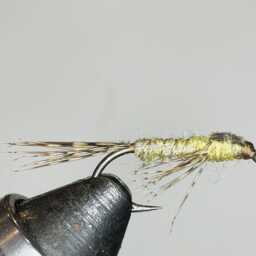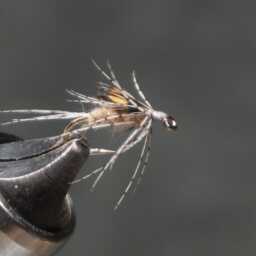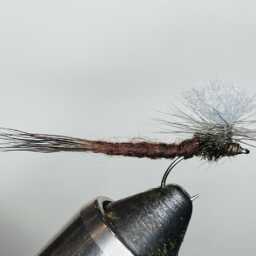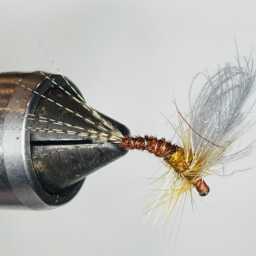Like other grouse blue or dusky grouse feathers are recommended for larger soft hackles, with tails being useful for wing casings and wrapped herl bodies.
The dusky grouse (Dendragapus obscurus), native to the Rocky Mountains in North America, closely resembles the sooty grouse (Dendragapus fuliginosus). Initially considered a single species, they were known as the blue grouse.
Adult males display dark plumage with a purplish throat air sac, white surroundings, and a yellow to red wattle over the eye. Adult females appear mottled brown with dark and white marks on the underparts. The third-largest North American grouse, they are outdone in size only by the sage-grouse (Greater and Gunnison).
Dusky grouse are inconspicuous for most of the year, with the best chance to observe them being in early spring when displaying males become conspicuous and approachable. Their distinctive hoots can be heard in mountain forests with a fairly open understory.
Dusky grouse and sooty grouse, previously thought to be the same species (blue grouse), differ in displays, plumages, vocalizations, and genetics. Hybridization occurs in a small zone of contact in interior British Columbia.
Unique among bird species, the dusky grouse may have 15 to 22 tail feathers (rectrices), deviating from the typical count of around 10.
« Back to Glossary Index
